Podkarpackie (Subcarpathia) is known foremost for its stunning landscapes, outdoor activities and ethnocultural diversity, but the region's many small towns - each with their own history, character and attractions - should also be of interest to visitors.
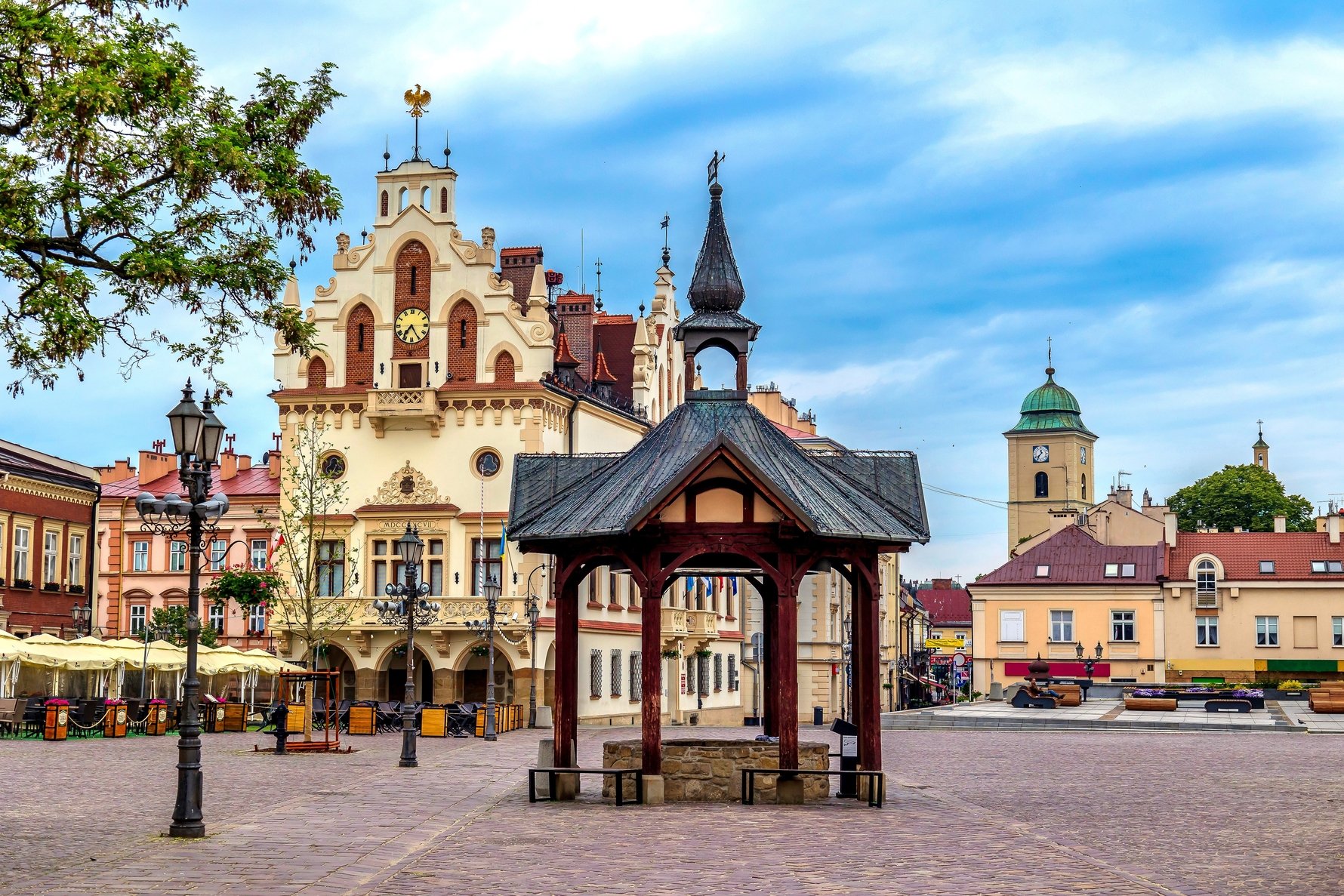
Located in southern Poland between overpopulated Lesser Poland (Małopolska) to the west, Ukraine to the east, and the Carpathian Mountains to the south, Podkarpackie's lack of major urban centres (okay, Rzeszów - 15th-largest city in Poland - we see you) actually gives the region an unhurried, provincial sort of appeal, making it perfect for travellers who prefer a slower pace and deeper immersion in local culture.
What follows is our list of the top towns and small cities in the Podkarpackie voivodeship (in somewhat random order, but roughly arranged based on geography), from which to form an itinerary or use as a base camp for exploring the region. Follow the links for more images and information, including additional coverage of the top sights and attractions at each destination.
You can also get this a version of this info in pdf form. CLICK HERE to immediately download the free IYP map and guide to Podkarpackie Small Towns seen above. Happy exploring!
1. Krosno
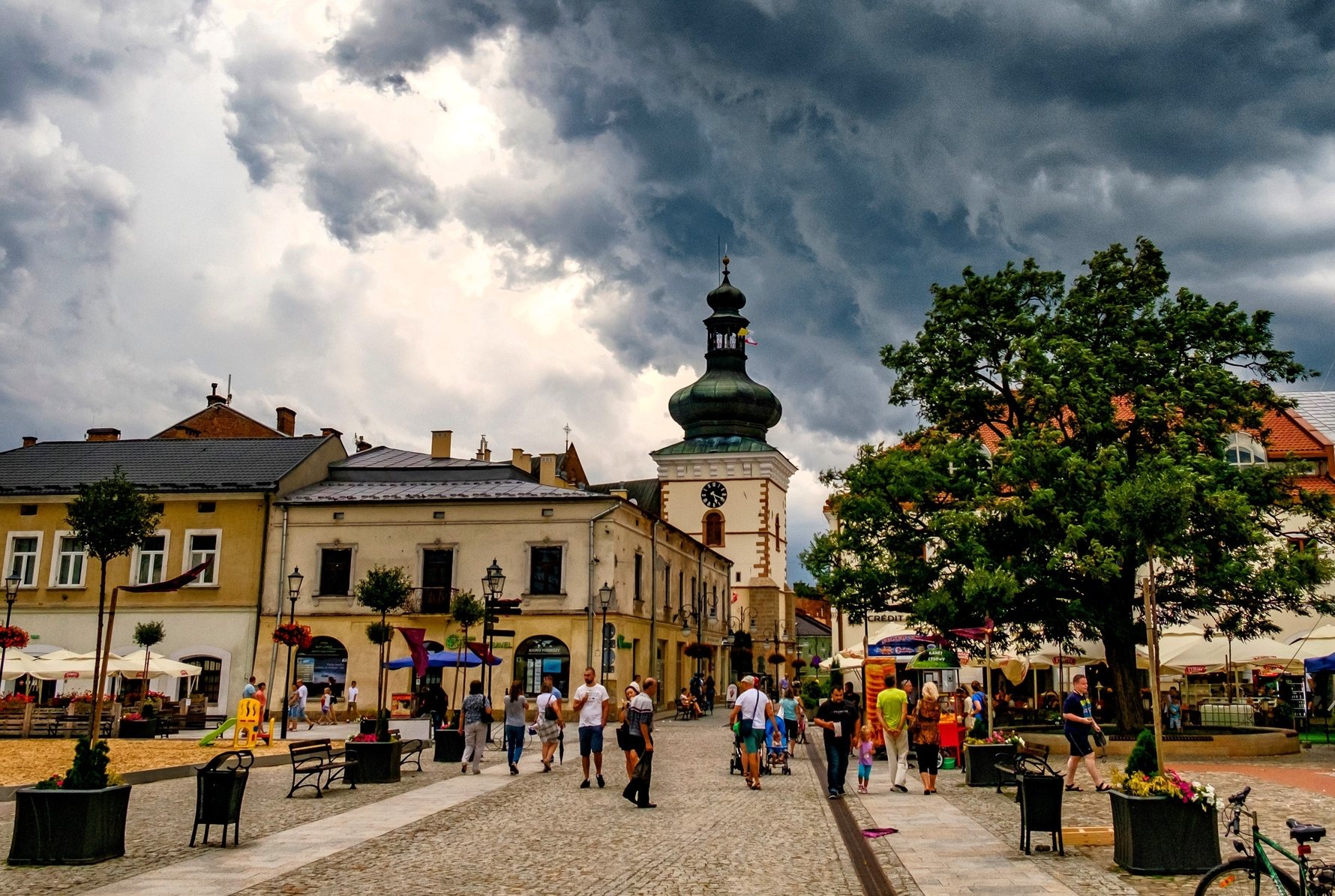
Let’s begin in Krosno - the third-largest town on the list, despite a population of less than 50,000 people. Although slight in stature, this historical town in the Carpathian foothills has made a name for itself all across Poland due to its long-standing tradition of glassmaking. Known as the ‘City of Glass,’ the town’s biggest draw is the Glass Heritage Centre - a modern museum where visitors can learn about its famed glass industry, watch live demonstrations by master glassblowers, and even try their own hand at the craft. But Krosno has also been dubbed ‘Little Kraków,' and boasts all the quintessential hallmarks of a ‘charming Polish small town’ - a colourful Market Square lined with cosy cafes under the arcades of picturesque Renaissance townhouses, several gorgeous old churches, and an easy, laid-back atmosphere. There's plenty more to keep your itinerary stuffed, from the Podkarpackie Museum - housed in the former ‘Bishop’s Palace,’ to the artisanal heritage on display in the Craft Museum, to the folk traditions you can learn in the Ethnocentre. Just outside Krosno, visitors can also explore Kamieniec Castle - a dramatic 14th-century ruin with panoramic views of the countryside, and the extraordinary rock formations of the Prządki Nature Reserve. Whether your interest is medieval history, folk customs or outdoor adventure, Krosno has more cultural muscle than its size would suggest.
_____
2. Sanok
Just southeast of Krosno, beguiling Sanok bears the mantle of being the unofficial 'capital' of Poland's Carpathian mountain culture, and the gateway to the beautiful Bieszczady Mountains. Surrounded by hills, the town boasts a charming market square and proverbial 'castle on the hill,' inside which you'll learn the history of the region and find the largest collection of famed native son Zdzisław Beksiński's morbid and surreal paintings in the world. Meanwhile, Sanok's biggest attraction - the Museum of Folk Architecture, composed of over 150 historic wooden structures dating from the 17th-20th centuries - is essentially its own small town, exuding nostalgic charm and offering a unique opportunity to immerse yourself in the traditions of the Lemko, Boyko and other ethnic peoples from the region. Essentially the last town of notable size before Bieszczady National Park, Sanok is perfect for families looking to immerse themselves in Polish mountain culture; for others looking for more rural locations from which to head directly into the mountains on foot, try the villages of Cisna and Wetlina._____
3. Ustrzyki Dolne
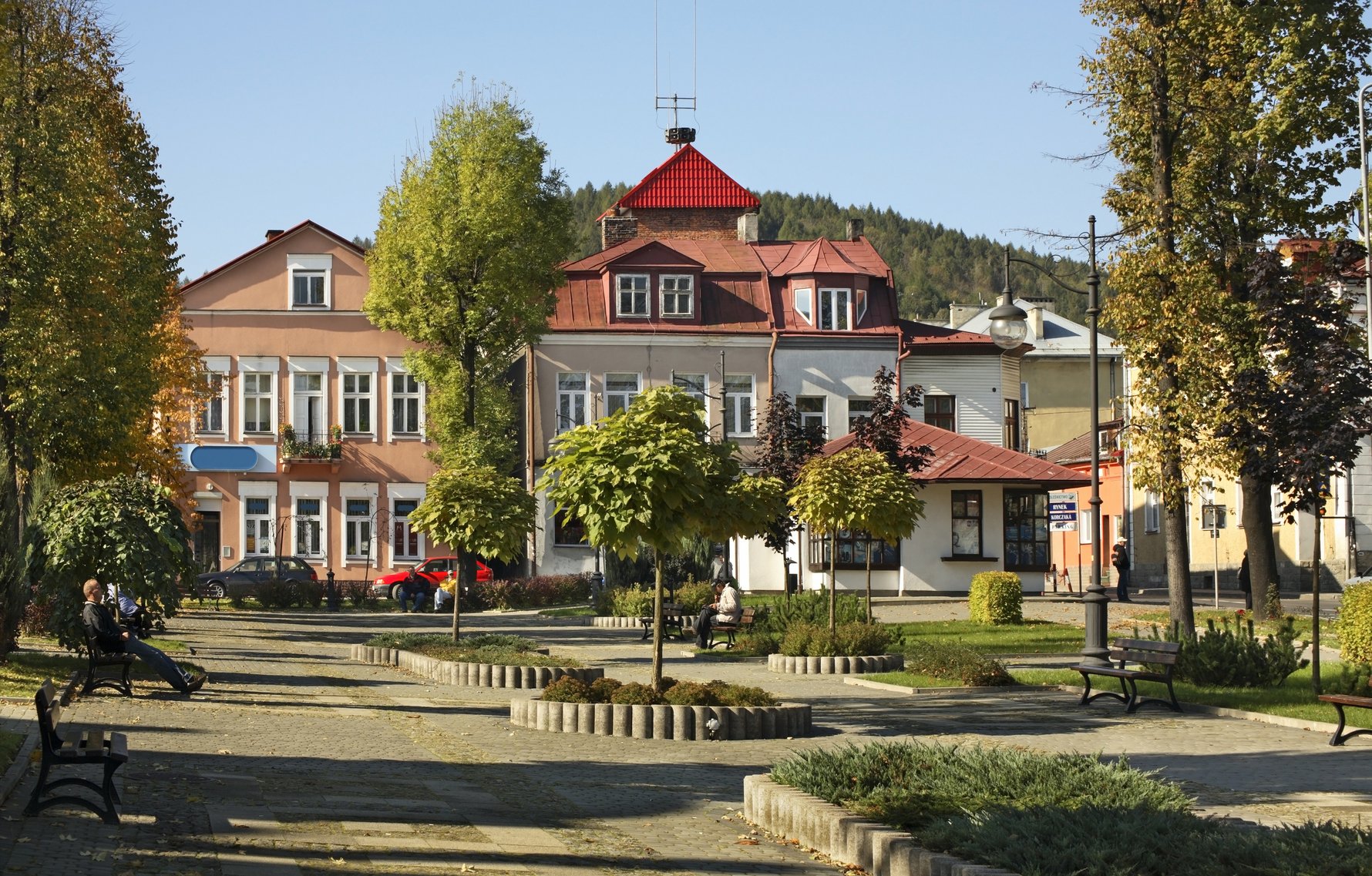
_____
4. Rzeszów
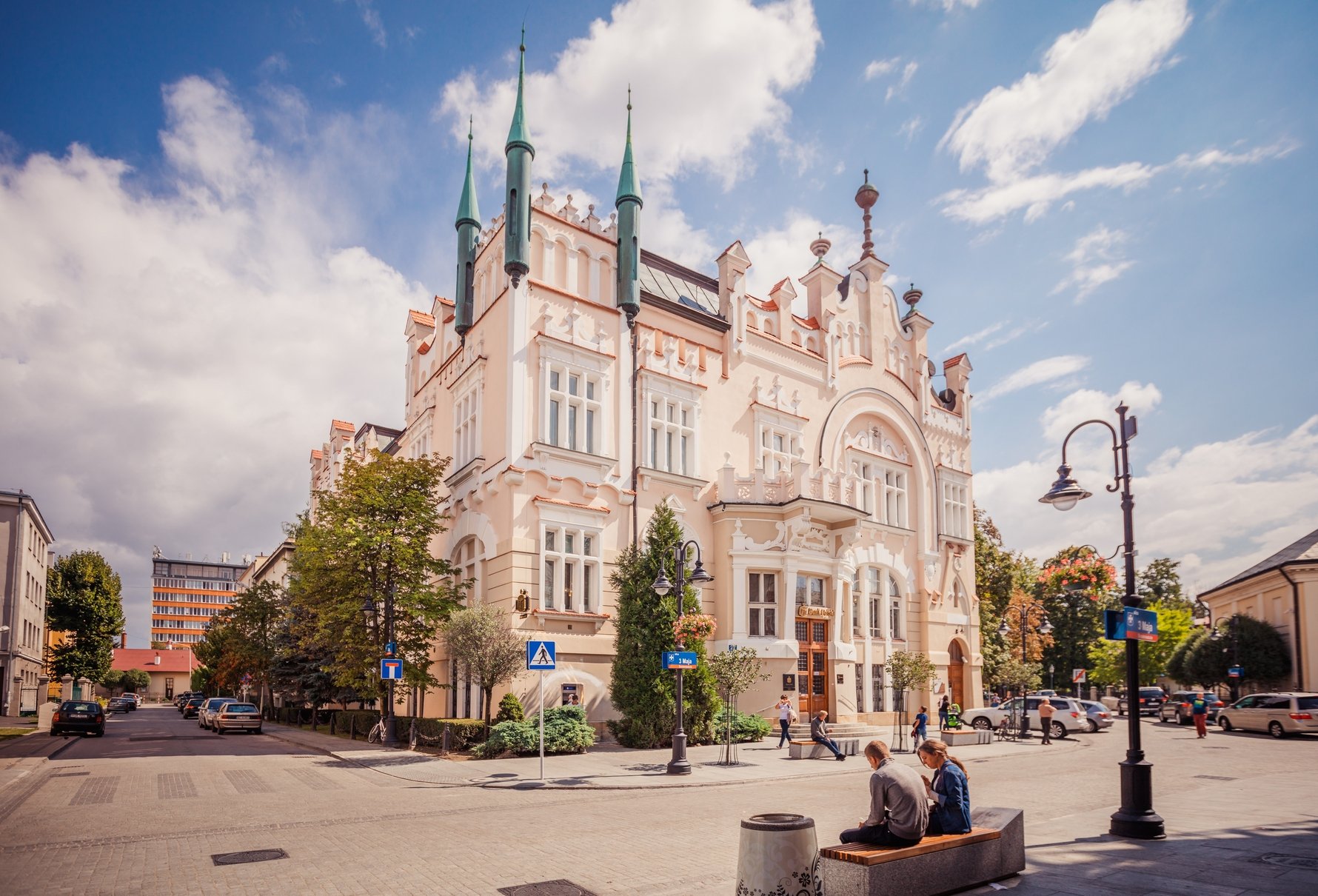
With almost 190,000 residents, Rzeszów is Podkarpackie’s largest ‘city,’ as well as the region’s administrative, economic and cultural hub. And though the much-smaller towns on this list might protest its inclusion, we think Podkarpackie's capital demonstrates just how provincial the entire voivodeship is. While more urban and dynamic, certainly, Rzeszów also retains a small-town charm thanks to a compact and highly walkable city centre. The city’s pedestrianised high street (ul. 3 Maja) stretches between the Town Square - which includes both a glorious Town Hall and quaint wooden well, to the grand Lubomirski Castle - a 17th-century fortress surrounded by greenery. In between are several gorgeous townhouses and villas - including the Lubomirski Summer Palace, as well as historic churches, museums and many cafes, bars and restaurants with outdoor seating. Next to the Castle you'll find one of the largest and most modern multimedia fountains in Europe, while just beyond the boulevards and green spaces along the Wisłok River are also perfect for strolling or cycling.
In terms of history and culture, the Underground Tourist Route takes visitors through a maze of medieval cellars and tunnels beneath the Town Square; the imposing Regional Museum - inside a former 17th-century Piarist Monastery - is home to an impressive collection of art and artefacts; and, finally, we have to mention the Museum of Bedtime Cartoons, which lovingly pays tribute to the Polish children’s programmes of the PRL era. A dynamic mix of history and modernity, Rzeszów is an excellent and very comfortable base for exploring other attractions around the region, like Łańcut Castle (see below).
_____
5. Łańcut
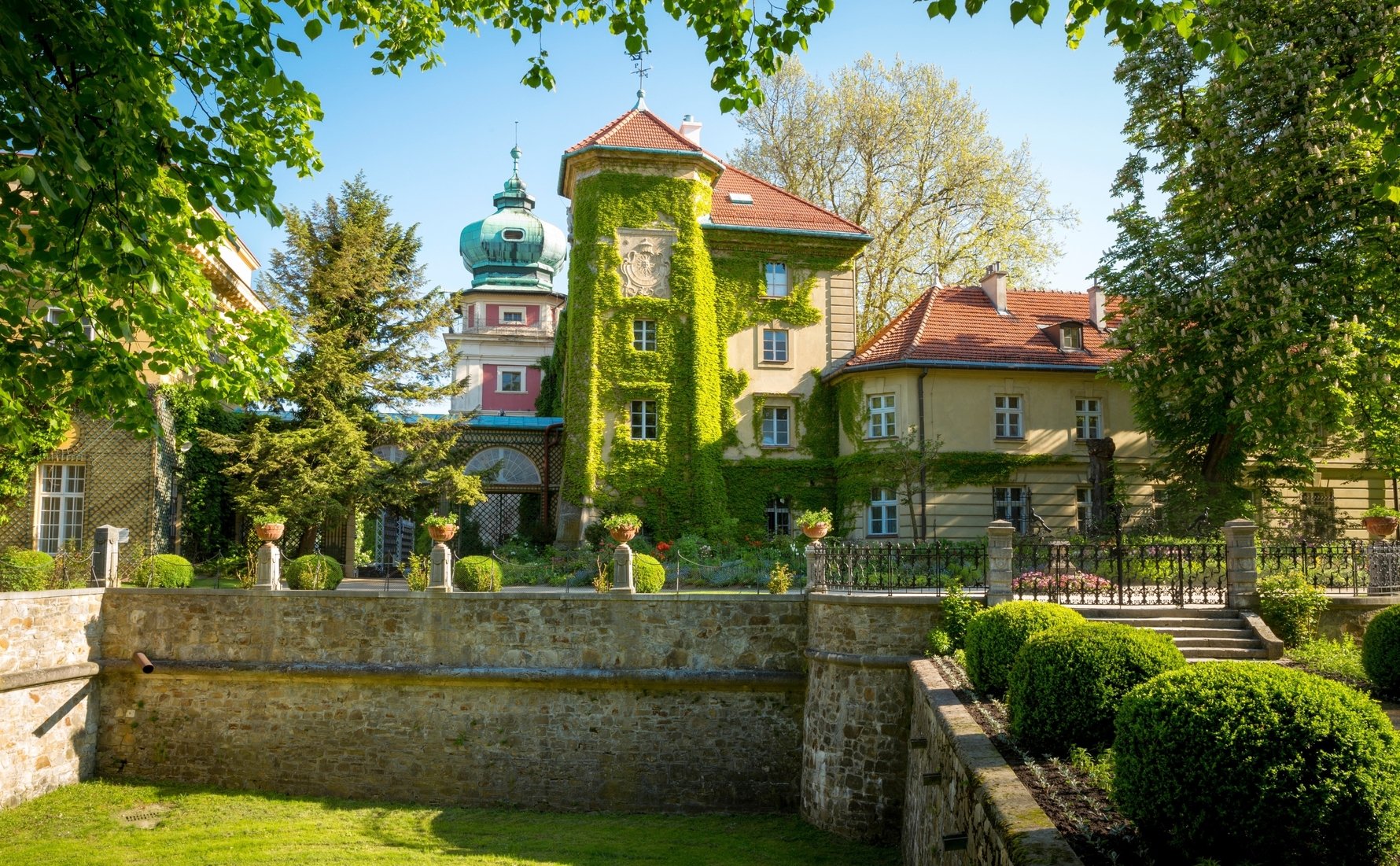
_____
6. Przeworsk
Just east of Łańcut is Przeworsk - another under-the-radar gem with more to offer visitors than seems reasonable to expect. Although hardly celebrated as a travel destination within Poland, archaeologists and Hasidic Jews will both know the town (whether they realise it or not) as the namesake of the ‘Przeworsk culture’ - an Iron Age material culture prevalent across the region from the 3rd century BCE to 5th century CE, and the ‘Pshevorsk’ Hasidic movement which had its origins here before proliferating in Antwerp, Belgium after WWII. In terms of attractions, Przeworsk features a 15th-century Town Hall with an observation tower, and one of the most valuable Gothic buildings in Poland - Basilica of the Holy Spirit, which is surrounded by sections of the town's original defensive walls. The town also boasts a large Lubomirski Palace and Park complex which features a large collection of fine art, and a museum devoted to the history of firefighting that should keep the kids interested. Next door is the historic Pastewnik Inn, which doubles as an open-air ethnographic museum where you can see several relics of early wooden architecture, enjoy traditional cuisine and even spend the night. Finally, don't miss the historic narrow-gauge railway that trundles along a 50km scenic track between Przeworsk and Dynów during the summer months._____
7. Jarosław
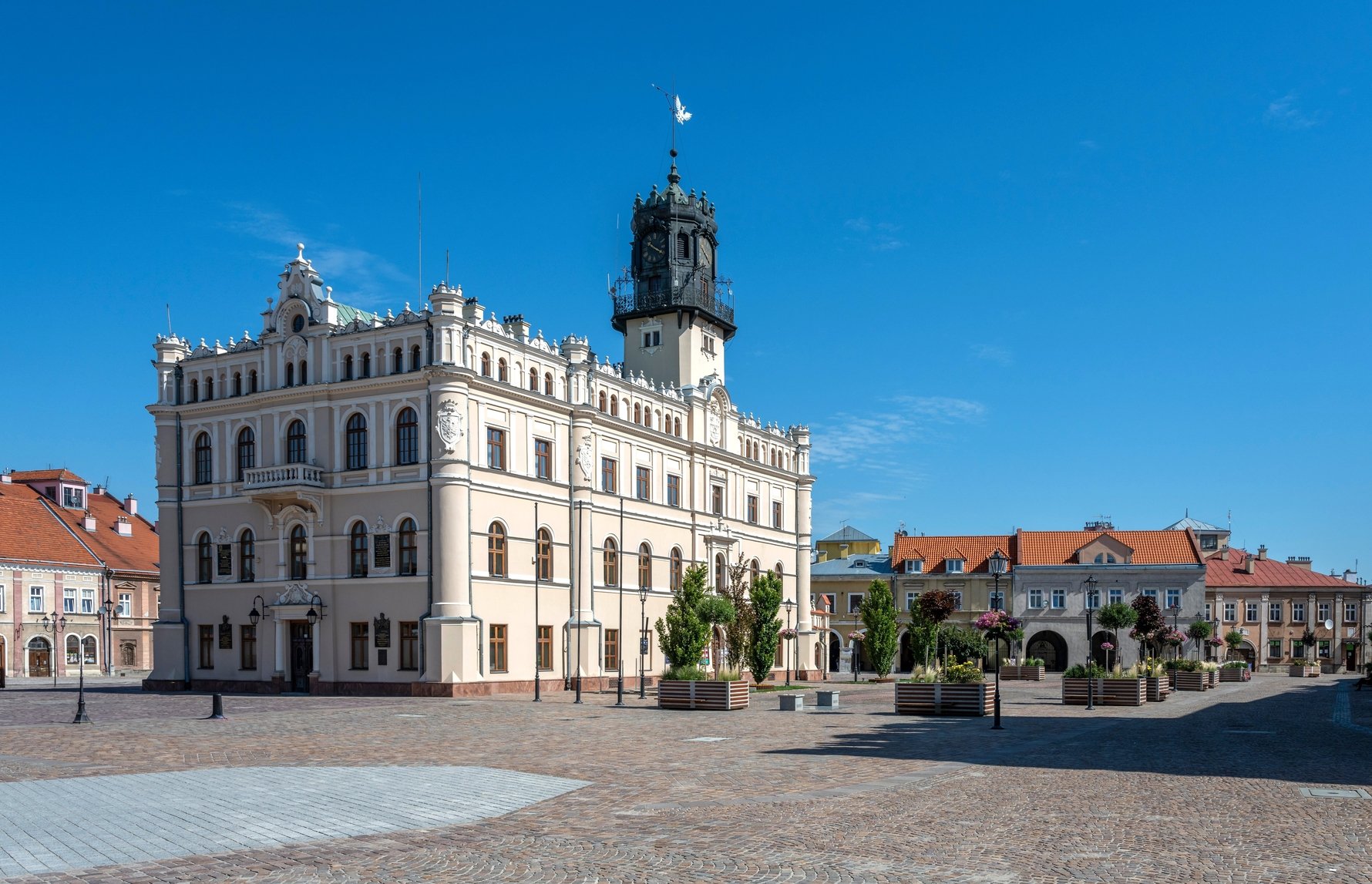
_____
8. Przemyśl
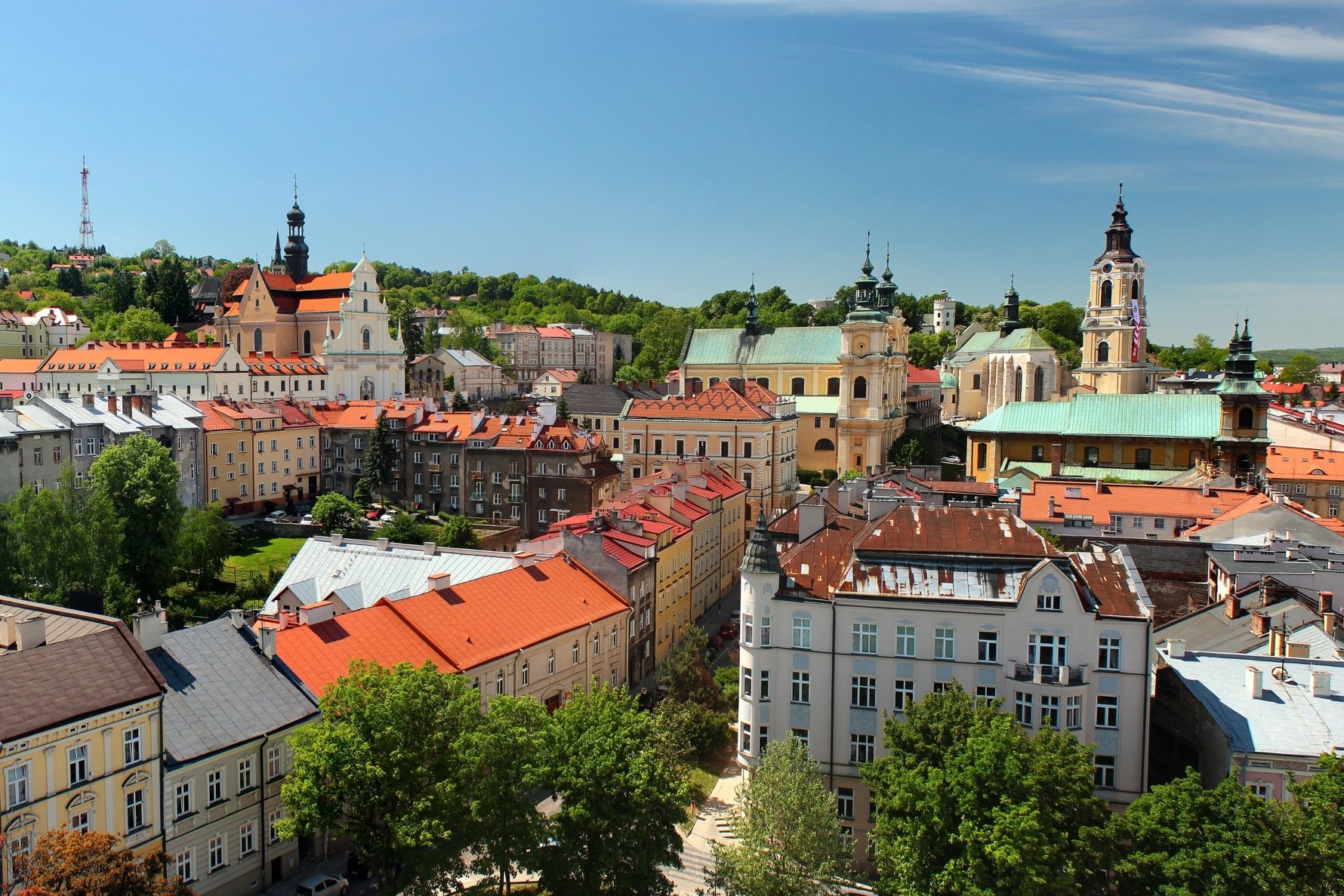
What do you think of our list? Let us know in the comments and follow the links below for more insights about exploring Podkarpackie.


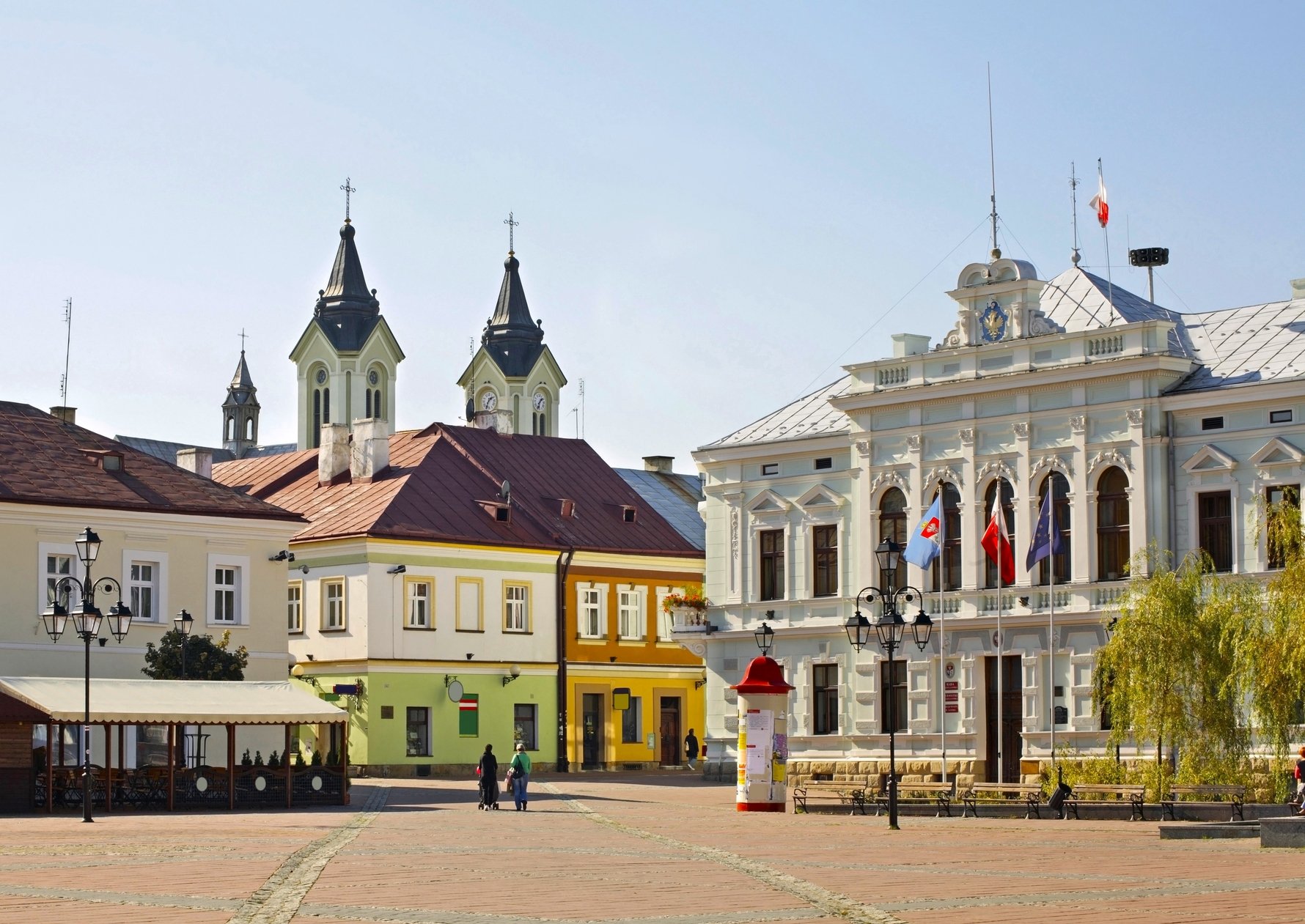
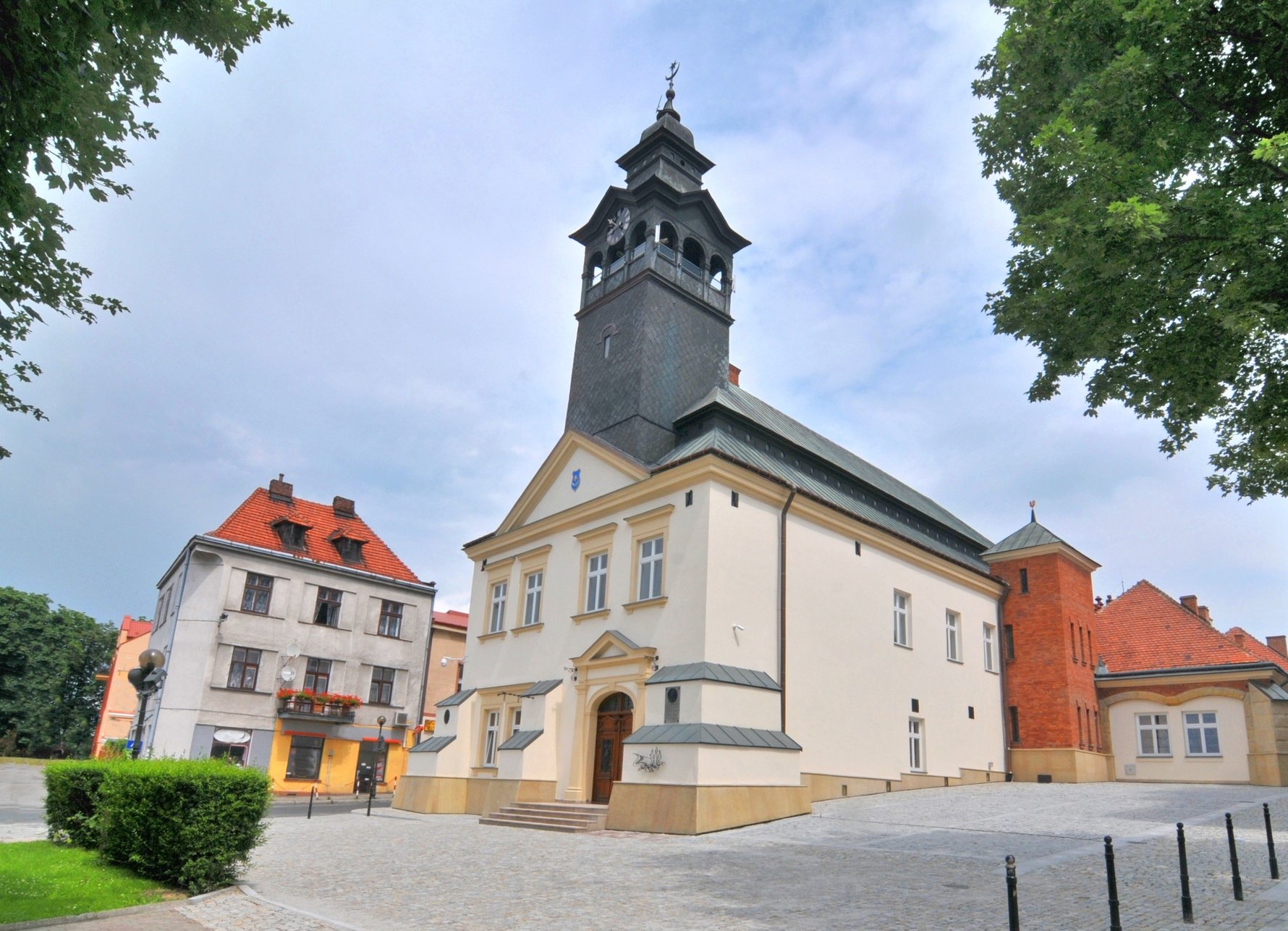
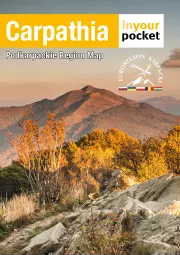
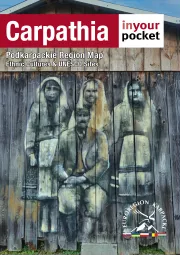
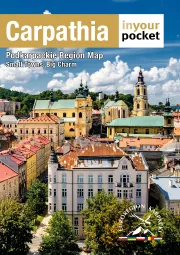
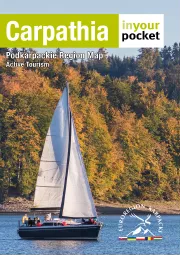
Comments